Tiago dos Santos
Biofabrication
Junior Researcher
Dr. Tiago dos Santos joined the Instituto de Engenharia Biomédica (INEB) as Post-doc in 2013. Currently, he is a Junior Reseacher at Instituto de Investigação e Inovação em Saúde da Universidade do Porto (i3S), Portugal, involved in different projects such as nanoparticle functionalization as a screening methodology for early diagnosis of invasive gastric cancer and recently, engineering cellular models of gastric wall with the purpose of stomach regeneration. After a degree in Industrial Chemistry at the University of Coimbra in Portugal, he has developed a special interest in the field of Colloids and Polymers, in which he has studied the interactions between nonionic vesicles and Hydrophobically modified Polyethylene glycol, under the supervision of Prof. Maria Graça Miguel and Prof. Bjorn Lindman. He also visited the University of Lund, Sweden, for 3 months (2005) as a Socrates/Erasmus student, in which, under the supervision of Prof. Ulf Olsson, he worked in the same project, using different techniques, such as SAXS, Rheology and NMR self diffusion. He spent 3 months at the University of Paris-Sud, France (2006), developing research involving nanotubes and proteins, under the supervision of Prof. Dominique Langevin. He then joined the CBNI, Dublin, as PhD student in Nanomedicine (2006), where he focused on understanding the interactions of different size nanoparticles with cells, in order to elucidate the spatio-temporal aspects and mechanisms of endocytosis of nanoparticle uptake into the cell. In order to quantify and track the particles inside the cells, he worked mainly with fluorescence microscopy (Confocal and Live Cell Imaging) and Flow Cytometry. He worked with an extent panel of cell lines, including HeLa, A549, 1321N1, HcMECD3 and Raw264.7. Before joining INEB, he spent 6 months at IPATIMUP, Porto (2012), where he focused on the identification of mushroom extracts, with potential in vitro ability to reduce cellular proliferation and/or induce cellular death of human tumour cell lines.

